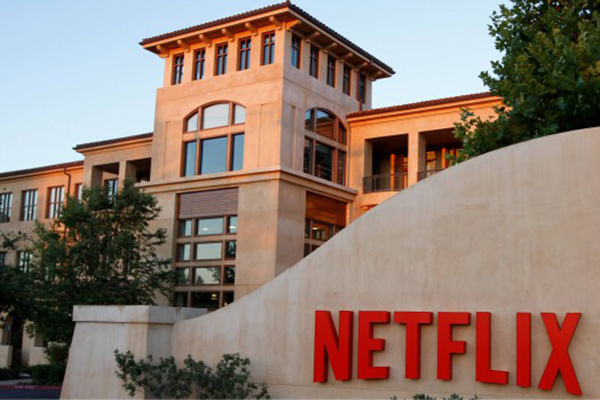Netflix surpasses 200M subscribers milestone in Q4

Netflix added a record 36.6 million paid memberships during fiscal 2020, with the streamer declaring it no longer needs to borrow cash to fund its growth.
Global streaming giant Netflix hit two milestones in 2020 as presented in its final shareholder earnings report for Q4.
First up was the announcement that the streamer crossed the 200 million membership mark reached by 8.5m in paid net additions in the quarter.
Executives wrote in the shareholder letter, “We’re enormously grateful that in these uniquely challenging times we’ve been able to provide our members around the world with a source of escape, connection and joy while continuing to build our business.”
For the full year, Netflix added a record 36.6 million paid memberships, achieved US$25 billion in annual revenue (+24% year over year) and grew operating profit 76% to $4.6 billion.
These new members represented a 31% increase from 2019′s 28 million paid net adds. Also of note was the rise in Netflix’s global reach with 83% of paid net adds coming from outside the UCAN region. The EMEA region accounted for 41% of full year paid net adds, while APAC was the second largest contributor with 9.3 million (up 65% year over year).
“Viewing is up in every region of the world, it’s returned from those peak COVID levels but it’s up year over year in all regions,” said chief financial officer Spencer Neumann said in a Q4 2020 earnings interview.
In terms of earnings per share (EPS), the streamer reported $1.19 per share. “Netflix beat their EPS estimate by a lot, coming in at 1.30 versus estimates of 0.53,” according to financial market data provider Refinitv. “There was also significantly better than their EPS for this quarter last year which came in at 0.3.”
In terms of content and titles with big viewership, the letter from executives states: “We also aspire to have hits that become part of the cultural zeitgeist,” such as the mega-hit docuseries Tiger King, which was listed as the number one title on Google Search last year.
Where the company wants to see growth is in percentage of viewing time. “We are still under 10% of television viewing time,” said Reed Hastings, founder and co-CEO. “We got a lot of subscribers here in the U.S. but we still have a lot more viewing time that we’d like to earn with an incredible service and incredible content.”
Perhaps one of the reasons comes from increased competition, and in 2020 the arrival of Disney+ with its massive 87 million subscribers and other recent additions such as Apple TV+, WarnerMedia’s HBO Max, and NBCUniversal’s Peacock streaming service. But Hastings says he isn’t threatened.
“Disney is not a bench mark for Netflix,” he said. “[It is] super impressive what Disney has done, it’s an incredible execution for an incumbent to pivot and taking on an insurgent, that’s great. It shows that members are interested and willing to pay more for more content and they’re hungry for great stories. It gets us fired up about increasing our membership and content.”
The second major milestone for the streamer came in its cash flow and capital structure. In its letter to shareholders executives shared that the company was very close to being sustainably FCF positive. “For the full year 2021, we currently anticipate free cash flow will be around break even (vs. our prior expectation for -$1 billion to break even). Combined with our $8.2 billion cash balance and our $750m undrawn credit facility, we believe we no longer have a need to raise external financing for our day-to-day operations.”
“We are super proud of where we are from a free cash flow perspective and our ability to self-fund our growth going forward, we think it’s a big milestone for us,” CFO Spencer Neumann said in his Q4 2020 earnings interview. “To the point of our capital allocation approach the philosophy remains unchanged, which is to say we are going to be disciplined stewards of capital and do things that are value maximizing for our shareholders. We have turned this corner with $8 billion of cash on the balance sheet and are projecting to be cash flow break-even in 2021 and then positive thereafter.”
As for forecasting further ahead, Neumann said: “It’s more uncertain than we’ve ever seen and we’re trying to forecast through that, but one thing that is counter-balancing this is what COVID has done for us, which is to accelerate that big shift from linear to streaming entertainment. So [while] the long term growth trajectory is at least as strong as ever, there’s more short term noise and uncertainty right now.”
This story originally appeared in Realscreen

 The definitive CDN broadcast and production resource.
The definitive CDN broadcast and production resource.










